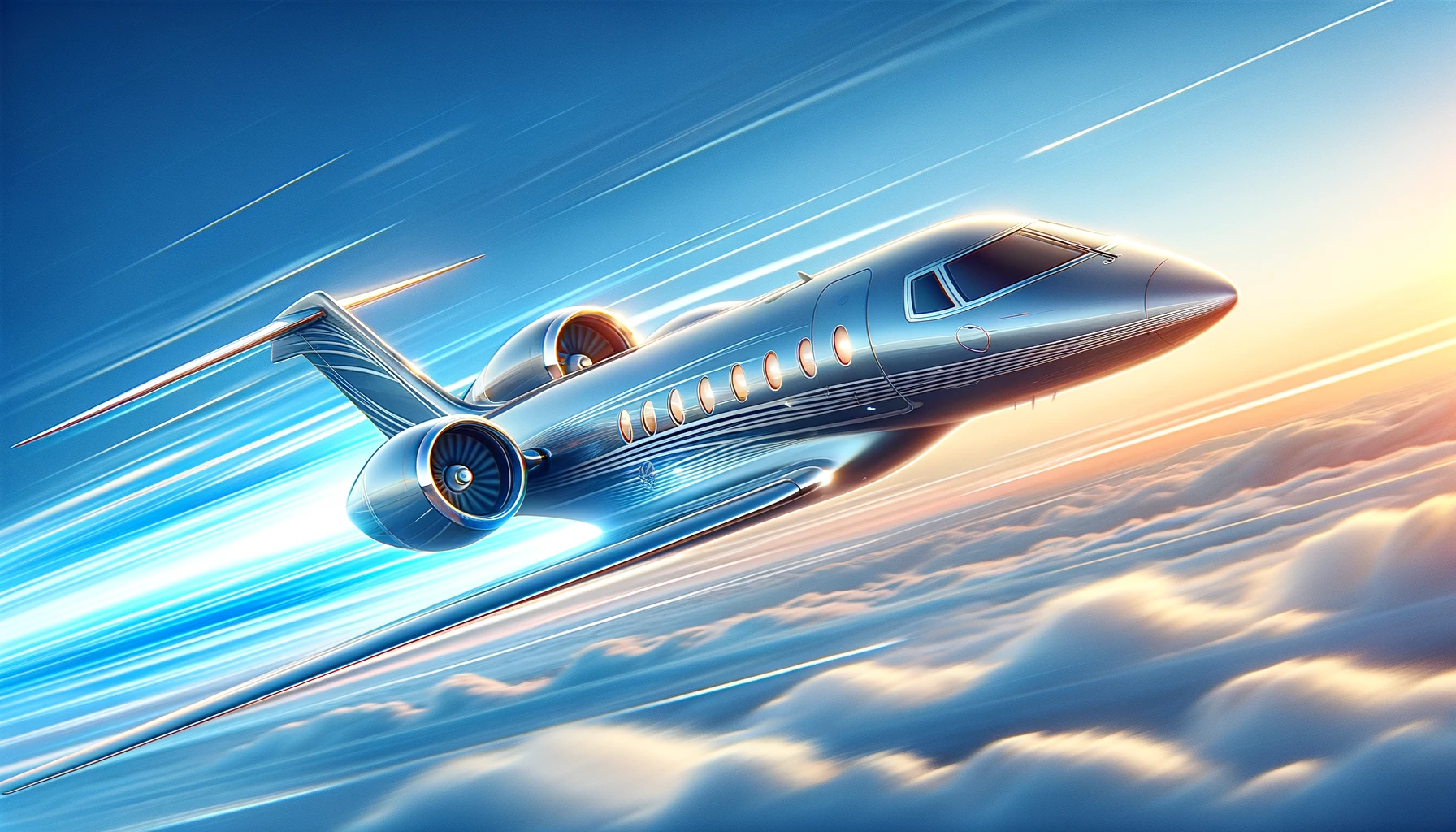Commercial planes typically fly between 460 to 575 miles per hour. Military jets can reach speeds over 1,500 miles per hour.
Air travel is a marvel of modern technology, allowing us to traverse vast distances swiftly. Commercial airliners, such as the Boeing 747 or Airbus A380, usually cruise at speeds between 460 and 575 miles per hour. These speeds are essential for long-haul flights, making international travel feasible in a matter of hours.
Military aircraft, on the other hand, often fly at much faster speeds. For instance, the F-22 Raptor can exceed 1,500 miles per hour. Understanding these speeds helps us appreciate the engineering marvels that make air travel so efficient and reliable.
.jpg?width=688&height=688&name=How%20fast%20do%20planes%20fly_%20(Commercial%20Planes).jpg)
Credit: aviex.goflexair.com
Introduction To Aircraft Speed
Ever wondered how fast planes fly? Aircraft speed is a fascinating topic. Different planes fly at different speeds. Let’s dive into the various types of aircraft speeds and the factors that affect them.
Types Of Speeds
Aircraft speed is measured in several ways. Here are the main types:
- Indicated Airspeed (IAS): Speed shown on the aircraft’s airspeed indicator.
- True Airspeed (TAS): Actual speed of the aircraft through the air.
- Ground Speed (GS): Speed of the aircraft relative to the ground.
- Mach Number: Ratio of the aircraft’s speed to the speed of sound.
Factors Affecting Speed
Several factors influence how fast an aircraft can fly:
- Weather Conditions: Wind and temperature changes can affect speed.
- Aircraft Weight: Heavier aircraft may fly slower.
- Altitude: Higher altitudes usually mean faster speeds.
- Engine Power: More powerful engines can increase speed.
Here’s a table summarizing these factors:
| Factor | Impact on Speed |
|---|---|
| Weather Conditions | Wind and temperature changes can increase or decrease speed. |
| Aircraft Weight | Heavier planes may fly slower. |
| Altitude | Higher altitudes usually mean faster speeds. |
| Engine Power | More powerful engines can boost speed. |
Understanding these factors helps us appreciate the complexity of aircraft speed. Next time you board a plane, you’ll know what affects its speed!
Commercial Jetliners
Commercial jetliners are airplanes designed for passenger transport. They are known for their speed and efficiency. These planes revolutionized air travel, making long distances seem shorter. But how fast do they really fly? Let’s explore.
Average Speed
The average speed of commercial jetliners ranges between 500 to 600 miles per hour (mph). This speed helps them cover vast distances quickly. Most flights cruise at an altitude of about 35,000 feet. At this height, planes can fly faster and more efficiently.
Here is a table showing the average speed of some well-known commercial jetliners:
| Airplane Model | Average Speed (mph) |
|---|---|
| Boeing 737 | 580 |
| Airbus A320 | 560 |
| Boeing 777 | 560 |
| Airbus A380 | 560 |
Notable Examples
Some commercial jetliners are famous for their speed and reliability. Here are a few notable examples:
- Boeing 747: Known as the “Queen of the Skies”, it flies at around 570 mph.
- Concorde: This supersonic jetliner could fly at 1,354 mph. It was twice the speed of sound.
- Boeing 787 Dreamliner: This modern jetliner cruises at 560 mph. It is known for its fuel efficiency.
These planes have changed the way we travel. They make international trips faster and more comfortable. Their speed and efficiency are unmatched in the aviation world.
Military Aircraft
Military aircraft are built for speed and agility. These planes can fly faster than the speed of sound. They are used in combat and defense missions. Let’s explore how fast these planes fly.
Fighter Jets
Fighter jets are the fastest military planes. They can reach supersonic speeds. Here are some examples:
- F-22 Raptor – Mach 2.25 (1,500 mph)
- F-35 Lightning II – Mach 1.6 (1,200 mph)
- Eurofighter Typhoon – Mach 2 (1,550 mph)
Fighter jets are designed for quick maneuvers. They can engage enemy aircraft and evade threats. They have advanced technology and powerful engines.
Bombers
Bombers are designed to carry heavy payloads. They are slower than fighter jets but still very fast. Some examples include:
| Bomber | Top Speed |
|---|---|
| B-1B Lancer | Mach 1.25 (950 mph) |
| B-2 Spirit | Mach 0.95 (630 mph) |
| B-52 Stratofortress | Mach 0.86 (570 mph) |
Bombers can fly long distances to deliver their payloads. They are crucial for strategic missions. They have advanced navigation and stealth technology.

Credit: jetlevel.com
Supersonic And Hypersonic Planes
Supersonic and hypersonic planes represent the pinnacle of aviation speed. These aircraft fly faster than the speed of sound. They break barriers that seem impossible to surpass. Understanding their evolution is key to grasping their significance.
Historical Milestones
The journey of supersonic flight began in the 1940s. The Bell X-1 was the first aircraft to break the sound barrier. This milestone occurred in 1947. Following this, the Concorde became the most famous supersonic passenger jet. It started commercial flights in 1976. The Concorde could fly at Mach 2, twice the speed of sound.
Hypersonic flight is a more recent development. Hypersonic planes fly at speeds greater than Mach 5. The X-15 was the first to achieve hypersonic speeds in the 1960s. It laid the groundwork for future advancements.
Future Prospects
The future of supersonic and hypersonic planes looks promising. Companies are developing new technologies to make these flights more efficient. Boom Supersonic is working on a new supersonic jet named Overture. This jet aims to reduce travel times significantly. It plans to fly at Mach 2.2.
In the realm of hypersonic flight, NASA and DARPA are leading the way. They are developing the X-59 and HTV-3X respectively. These projects aim to revolutionize air travel. They also focus on reducing the environmental impact.
The table below highlights key milestones and future projects:
| Milestone | Year | Speed |
|---|---|---|
| Bell X-1 | 1947 | Mach 1 |
| Concorde | 1976 | Mach 2 |
| X-15 | 1960s | Mach 5+ |
| Boom Overture | Future | Mach 2.2 |
| X-59 | Future | Mach 1.4 |
| HTV-3X | Future | Mach 5+ |
Speed Records And Achievements
Ever wondered how fast planes fly? Planes have set incredible speed records. Let’s dive into some of these amazing achievements.
Fastest Flights
Some planes have broken speed barriers. The SR-71 Blackbird is a notable example. It holds the record for the fastest air-breathing manned aircraft.
The SR-71 reached speeds of over 2,193 miles per hour. That’s more than three times the speed of sound! Imagine flying from New York to London in under two hours.
Another impressive aircraft is the Concorde. This supersonic jet flew passengers across the Atlantic at speeds over 1,354 miles per hour. Although retired, the Concorde remains legendary.
Innovations In Speed
Innovations in aviation have greatly improved speed. Engineers have used cutting-edge materials and designs.
One innovation is the use of composite materials. These materials make planes lighter and faster. Composite materials also increase fuel efficiency.
Advanced aerodynamic designs reduce drag. Reduced drag means less resistance, allowing for higher speeds. These designs include sleek wings and streamlined bodies.
Engine technology has also evolved. Modern jet engines provide more thrust with better fuel efficiency. This combination allows planes to fly faster and farther.
Here is a quick comparison of some of the fastest planes:
| Aircraft | Top Speed (mph) | Notable Achievement |
|---|---|---|
| SR-71 Blackbird | 2,193 | Fastest air-breathing manned aircraft |
| Concorde | 1,354 | Fastest commercial passenger jet |

Credit: www.aviationcoaching.com
Frequently Asked Questions
How Fast Do Commercial Planes Fly?
Commercial planes typically fly between 460 to 575 mph. This speed varies based on aircraft type and route.
What Is The Speed Of A Private Jet?
Private jets usually fly between 400 to 700 mph. The speed depends on the jet model and flight conditions.
How Fast Do Military Jets Fly?
Military jets can reach speeds over 1,500 mph. Some advanced jets even exceed Mach 2, which is twice the speed of sound.
How Does Altitude Affect A Plane’s Speed?
Planes generally fly faster at higher altitudes. Thinner air reduces drag, allowing for higher speeds and better fuel efficiency.
Conclusion
Understanding how fast planes fly gives us a deeper appreciation for air travel. Whether it’s commercial jets or military aircraft, speed varies widely. Knowing these speeds helps us grasp the marvels of modern aviation. Next time you board a plane, you’ll have a better idea of how quickly you’ll reach your destination.
Safe travels!
